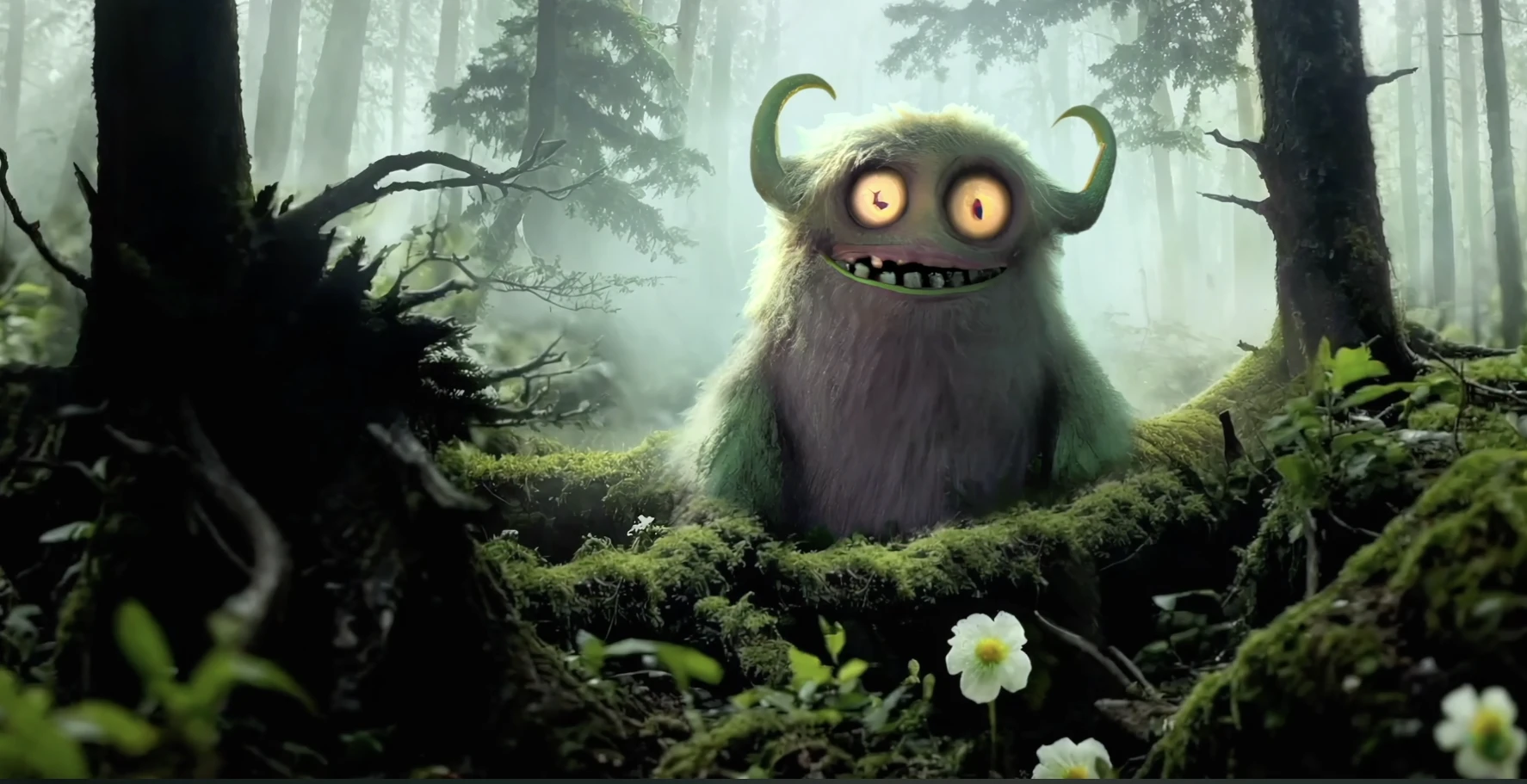OpenAI’s Critterz and What It Really Means for Film and AI
 Abhinav Gopal
Abhinav Gopal
OpenAI’s announcement of Critterz — a feature film built with full access to its SORA tools — has set the AI and film world buzzing. A $30 million budget, Cannes 2026 as the goal, and AI at the heart of production. For many, this sounds like the arrival of a new era: script-to-screen by machine. But let’s slow down for a moment.
As the founder of Rubbrband, I’ve been working at the intersection of AI and film for over three years. Across hundreds of thousands of conversations with directors, studios, and creatives, I’ve seen what AI can do — and what it cannot.
So let’s ask the big question everyone is thinking: are creative jobs in film going away?
Creativity Isn’t Replaced, Monotonous Execution Is
The short answer: no. Creative jobs are not disappearing. AI is an execution engine. It can accelerate workflows, break down scripts, help with budgeting, or rapidly generate iterations of costume, set, or concept art. But the essence of creativity — making choices about what version of a world to tell, and why that story matters — remains firmly in human hands.
- Automation excels at repeatable, rules-based tasks (breakdowns, schedules, paperwork).
- Human talent defines tone, theme, and emotional truth — the heart of the film.
- AI increases iteration speed; it does not originate intention.
Doesn’t Critterz Prove the Opposite?
It might look that way at first glance. But let’s be clear: Critterz is not a direct “script-to-feature-film” pipeline. That simply isn’t realistic. Movies are entire worlds. Every choice, from the angle of a shot to the cut of a costume, carries emotional and physical consequences. Stitching those choices into a coherent, moving story requires a human creative vision.
Even with full access to SORA, the Critterz production team will still operate much like a traditional crew — just with faster tools. Directors will still give costume designers non-negotiable world-building details, and designers will use AI to quickly explore options that satisfy that direction. Writers, directors, and producers will continue to lead the story; AI will help execute their vision at scale.
.gif)
Human Talent Still Matters
It’s worth noting: the film will still include human voice actors and artists whose work will be fed into OpenAI’s models. This isn’t a machine-only experiment. It’s a hybrid — AI tools amplifying human creativity, not replacing it.
How Filmmakers Can Get Started with AI
Here’s the real challenge: tools like SORA are incredible, but they weren’t designed with filmmakers in mind. Filmmaking has its own vernacular, its own processes, and its own ways of working. You don’t ask a DP to “prompt” a lighting setup — you talk about mood, contrast ratios, and lens choices. You don’t “prompt” a production designer — you talk about the history of a world, the materials that build it, and the story the set needs to tell.
That’s why we built Rubbrband. Our platform sits on top of these established filmmaking flows and makes AI usable without the awkward prompting or engineering gymnastics. Instead, directors, producers, and designers can work in the language they already know, while Rubbrband translates those intentions into AI-driven outputs.
If you’re a filmmaker curious about AI, don’t start by wrestling generic tools — start with tools that respect how films actually get made. That’s the gap Rubbrband exists to fill.
Learn more at rubbrband.com.
The Real Aim: AI on Theater Screens
At the end of the day, OpenAI’s goal is clear: to prove that AI-generated film is ready for the big screen. Cannes 2026 is their stage, and Critterz is their statement piece.
Whether or not Critterz succeeds in winning over critics, it will undoubtedly accelerate the conversation. For those of us already deep in the AI × Film space, it’s both exciting and validating to see the world catching on.
Because here’s the truth: AI won’t erase film jobs — it will reshape them. Just like the introduction of digital cameras or CGI, the industry will adapt. The storytellers, the dreamers, and the directors who know how to wield these new tools will thrive.
And at Rubbrband, we’ve been preparing for this shift for years.